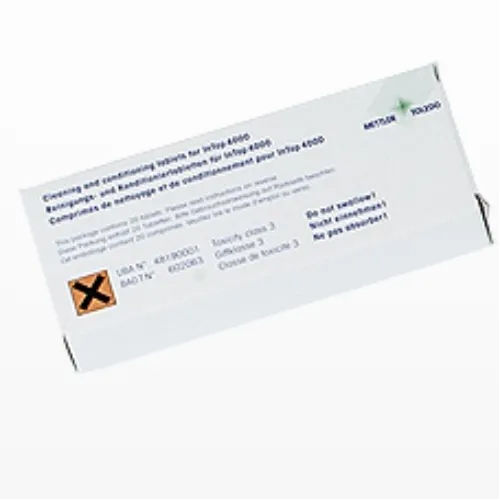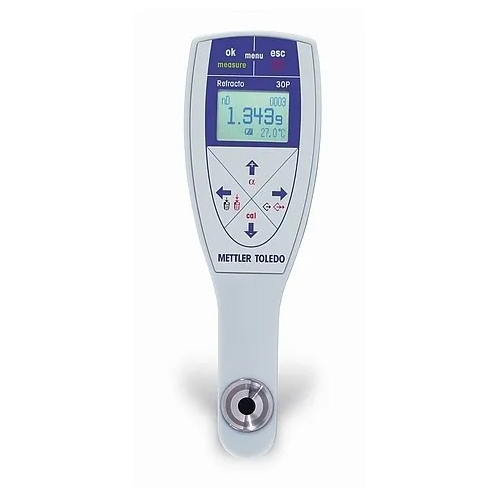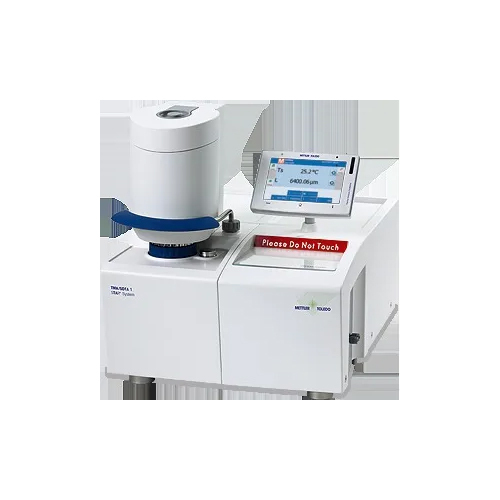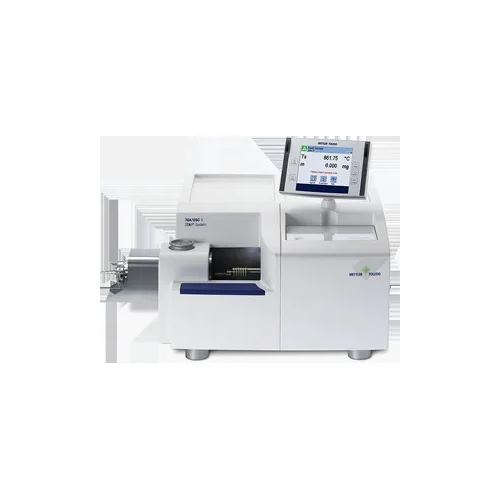Dissolved Oxygen Standards
Product Details:
Product Description
Dissolved Oxygen Standards
METTLER TOLEDO offers dissolved oxygen standards for reliable results at low dissolved oxygen levels. Zero oxygen tablets are also available for calibration, verification or conditioning purposes.
To measure reliably at low dissolved oxygen levels a calibration with zero oxygen is recommended. This is possible with our zero oxygen tablets that make the preparation of a zero oxygen solution fast and easy.
Dissolved oxygen (DO) standards are the norms established by scientific and regulatory organisations to guarantee appropriate oxygen levels in aquatic habitats. Examples of dissolved oxygen standards include the following:
1. The United States Environmental Protection Agency (EPA) establishes DO criteria for freshwater systems' water quality. Healthy freshwater habitats require a minimum DO concentration of 5 mg/L and a maximum tolerable level of 12 mg/L.
2. World Health Organisation (WHO) Recommendations: The WHO has established DO recommendations for safe drinking water. In sources of drinking water, the minimum DO content shall not be less than 6 mg/L.
3. AWWA Standards: For drinking water treatment facilities, the American Water Works Association (AWWA) has defined DO standards. Raw water entering the treatment facility should have a minimum DO content of 5 mg/L, and processed water exiting the facility should have a minimum DO concentration of 8 mg/L.
4. ASTM Standards: For a number of sectors, the American Society for Testing and Materials (ASTM) has established DO standards. The minimum DO content for industrial wastewater discharge into surface waterways, for instance, is specified by ASTM D888-05.
5. Monitoring DO levels is crucial for maintaining healthy aquatic ecosystems and avoiding ecological harm.
FAQ
1. What are the criteria for dissolved oxygen?
Ans - According on the type of waterbody, the US Environmental Protection Agency recommends dissolved oxygen levels between 5 and 9 mg/L.
2. How does aquatic life respond to dissolved oxygen levels?
Ans - As a result, fish deaths and other negative effects may result from low amounts of dissolved oxygen in the water.
3. What are some dissolved oxygen sources?
Ans - Diffusion from the atmosphere, aeration from flowing water, and photosynthesis from aquatic plants and algae are all possible sources of dissolved oxygen.
4. How can I check the concentrations of dissolved oxygen?
Ans - Using dissolved oxygen metres or test kits, you can keep an eye on the levels of dissolved oxygen in water bodies.
5. What are the effects of an excess of dissolved oxygen in a body of water?
Ans - Excessive dissolved oxygen can create oxygen supersaturation, which can result in hazardous chemical releases and harmful algal blooms.

Price:
- 50
- 100
- 200
- 250
- 500
- 1000+
Other Products in 'Analytical Instruments' category
 |
Mettler-Toledo India Private Limited
All Rights Reserved.(Terms of Use) Developed and Managed by Infocom Network Private Limited. |
 English
English Spanish
Spanish French
French German
German Italian
Italian Chinese (Simplified)
Chinese (Simplified) Japanese
Japanese Korean
Korean Arabic
Arabic Portuguese
Portuguese






